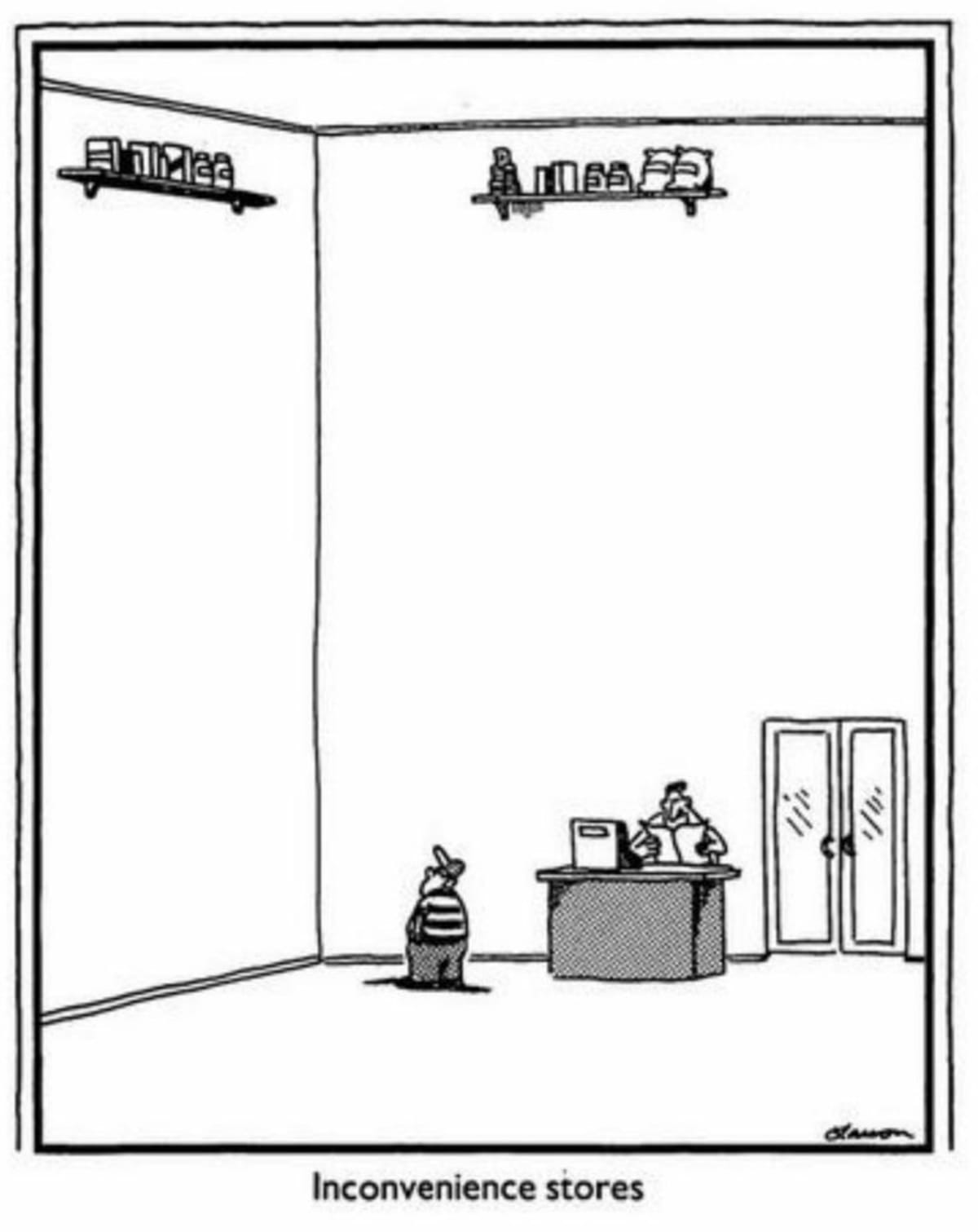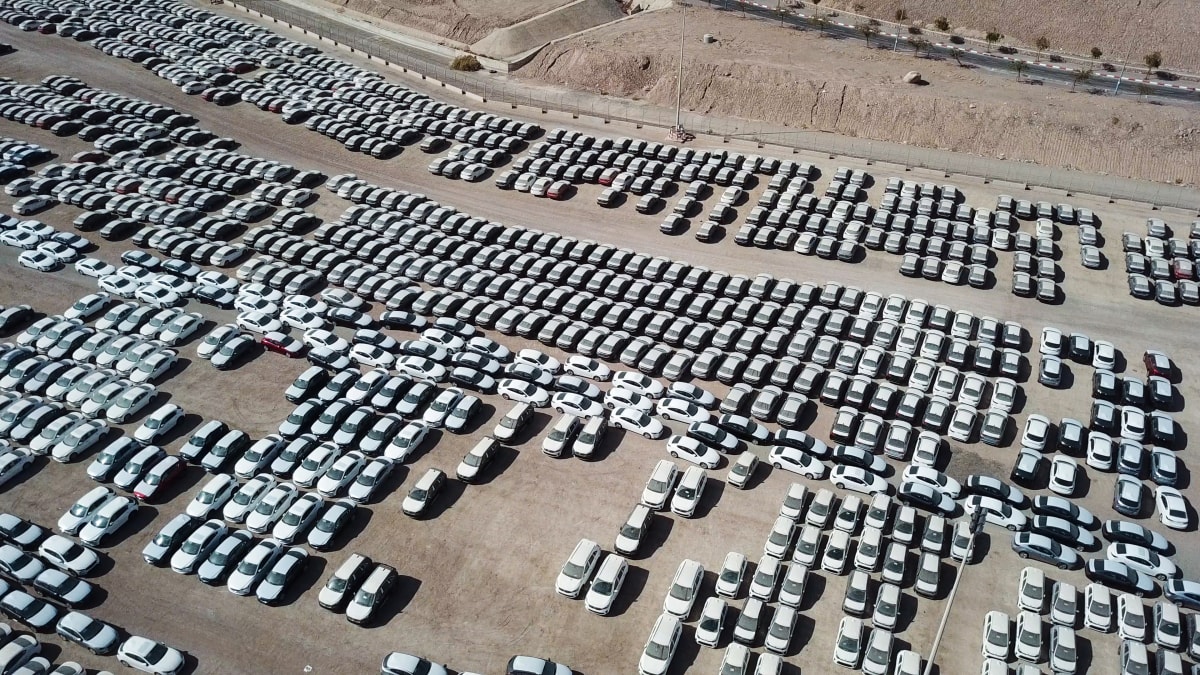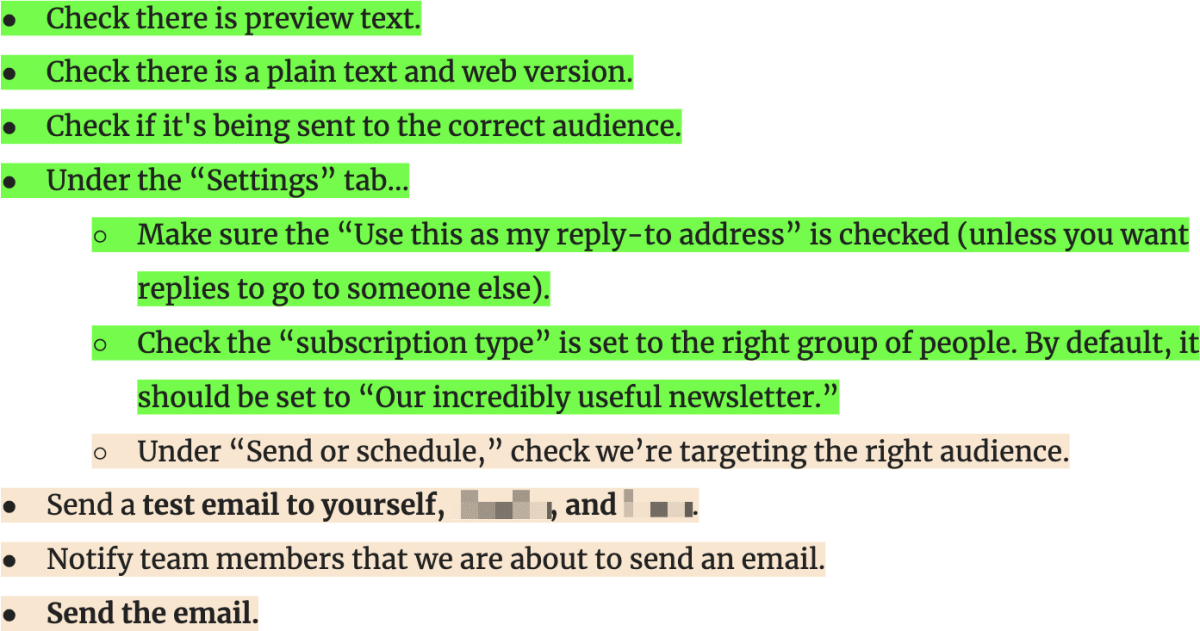The 8 Wastes: How we optimize through subtraction (and how you can too)
Many businesses default to addition. If performance is sluggish, they add resources. If an error occurs, they add oversight. Rarely do they ask the opposite question—what can we subtract to solve our problem?
Taiichi Ohno, the father of Lean Manufacturing at Toyota, subtracted relentlessly. His war on waste (or muda) revolutionized his industry and can apply to any business.

What do your customers truly value?
For Ohno, waste was anything that didn’t add value to the customer.
If you are wondering what “add value” means, it pays to ask a simple question. Would your customers be willing to buy something separately? For example, we might ask whether our clients would happily pay for our coffee breaks or bookkeeping. We doubt it—amazing though our clients are. They value the growth we deliver. That’s it. The other things may be important to us—mostly the coffee—but they add no direct value. From Ohno’s perspective, they are waste.
Lean businesses reduce waste obsessively so they can focus on work that customers are willing to pay for—and profits grow accordingly.
How much of your activity is waste?
Lean experts estimate that 90% of business activity is waste.
That’s not a typo.
Some of it—known as Type One waste—is unavoidable. This would include safety checks on a production line or the work companies must do to pay their taxes. You may be able to streamline Type One waste, but you’ll never escape it.
Then there’s the rest. The vast majority of waste—known as Type Two—is described by the seven wastes that Ohno identified (and an eighth added later).
The 8 Wastes of Lean
Although Ohno developed his ideas for manufacturing, we’ve applied them to ourselves (and our clients) with great results:
1. Motion
Motion waste is the excess movement of people (or even the parts of people).

Simple examples would include having the coffee beans too far from the grinder or requiring a customer to navigate endless app menus.
- We constantly streamline our workflows, removing excess steps and motion. See some examples in our article on How we manage our personal flows.
- Likewise, we’ve delivered many wins for clients by removing excessive steps in their buying funnels.
- We’ve subtracted a ton of excess motion by being a remote company since 2007. Our team members live where they wish and attend all their meetings online. (For advice on how to run an efficient remote company, see our Infinite Manager series.)
2. Waiting
Waiting is a delay that leaves someone (or some process) idle. Obvious examples include a slow load time on a web page or a customer on hold at a call center.
- To reduce waiting—especially with a team spread across the world—we’ve built Conversion Rate Experts as a network of highly optimized flows. For everything we do—from adding tests to our Wins Database to creating client video testimonials—there’s a Google Doc flow that anyone can follow.
- No process can move faster than its slowest stage (the bottleneck), so we use the tools and techniques of the Theory of Constraints to “break” our bottlenecks.
- The second aspect, of course, is having the right team. Conversion Rate Experts runs according to Theory Y. We hire great people who are entrepreneurial by nature and powered by Daniel Pink’s “three noble motivators”: mastery, autonomy, and purpose. Self-motivated people don’t wait to be pushed, prodded, or told what to do. They act. Our job is to give them the tools and support they need and let them work.
3. Overprocessing

Overprocessing is extra work that adds no value for customers. If you’ve ever been copied on an irrelevant email thread or asked to create an unnecessary website account, you’ll understand this kind of waste.
- The great evil of overprocessing is duplication. As we wrote in our article, Duplication is evil, this idea is one of our most valuable. “Whenever we have violated it, we have ended up in a world of pain. (And we have seen many companies that have been broken by violating it.)”
- We constantly tweak our flows to reduce processing time. For example, our Checklist for Vacations asks team members to let others know when they’ll be away and who is covering their work. These emails used to be written “by hand,” but that was overprocessing. We now have a template embedded in the Google Doc and a one-click button to create the email. Instead of typing an email, we hit the button, fill in the blanks, and press send.
4. Overproduction
Overproduction is creating more than you (or your customers) need. Simple examples might include stockpiling cars that no one has bought or printing thousands of marketing brochures because “it’s cheaper to do a big batch.”
- Our success rests on running successful tests that grow a client’s business. That sounds simple, but the huge “universe” of possible tests makes this work ripe for overproduction. To avoid this, we do deep research, targeting the issues and tests most likely to deliver huge wins. In effect, we start every engagement by creating a blueprint for rapid growth.
- Our book, Making Websites Win, is a #1 Amazon bestseller in 15 categories. We often give hardcover copies away for free, but that doesn’t mean we have stacks of them cluttering anyone’s office. We print small batches and ship them directly from our partners around the world.
5. Excess Inventory

Excess inventory is a consequence of overproduction. If you’ve built unsold cars or printed cheap brochures, you have to waste time and space to store and manage them.
- If you’ve read our piece on how the world’s best companies build unbeatable focus, you’ll know that we reduce inventory by limiting work in progress. This article—to take one example—is only being written because it’s been “sold” to the content team. It’s moved into our production flow and has a scheduled date for publication. No waste.
- Although we don’t have much physical inventory, it’s surprising how easily work can get “lost” or confused inside digital systems. Again, see our article on the evils of duplication to understand issues this can cause—and how to fix them.
6. Defects
Defects slow everything down. If your brochures have a typo they must be reprinted. If cars come off the production line with defects, they must be fixed, scrapped, or recalled. It’s far faster (and easier) to get things right the first time.
- We make extensive (some might say obsessive) use of flows and templates that minimize mistakes. For example, here’s a small part of the checklist we use before sending an email to subscribers:

- Likewise, we aim to minimize defects that occur over time. That’s why we write “evergreen” articles that will be valuable for years to come. This article won’t “rust” or fall out of date.
7. Transportation
Transportation is the product version of motion waste. Examples might include moving cars from the factory to the dockside, or shipping brochures printed in London for use in New York.
- We don’t have many products to move, but we do collect, share, and analyze a lot of data—everything from raw statistics to huge video files. To reduce our “transportation” waste, we intentionally minimize our platforms and software stack. It’s easy to get distracted by shiny new features, but every integration or extension has a cost. Our first priority is getting the data to where it needs to be, as efficiently as possible.
8. Unused talent (or employee potential)
This final waste was added after Ohno’s time, as lean thinking began to spread. It’s a simple idea that’s easily missed. Most people are capable of more than we realize—and we waste that potential at our peril.
- We often use a process called Buffet delegation to find work that suits the skills and interests of new team members, because they have a better idea of what they are best at than we do.
- It helps, of course, if you hire the kind of internally-motivated people we talked about above. At Conversion Rate Experts, we have a document that tells our team what it takes to get promoted. (If you are interested, we’ve written a similar article about how to get paid much more.) If you hire the best people, it pays to get out of their way.
Why every second matters
For Taiichi Ohno, every second mattered. Every pause, mistake, or stockpile was an opportunity to improve. His approach can sound obsessive until you understand the context.
Ohno was working in post-war Japan. At that time, their productivity was only a fraction of their American rivals, and Toyota feared that their industry might soon collapse completely. Ohno’s first goal for each worker was one “productive hour” per eight-hour shift. Although he accepted that some “waste” was inevitable—even necessary—he saw its reduction as critical to the company’s survival.
And a “productive hour,” of course, is not about notifying team members of a vacation, it’s making great cars or boosting client revenues.
It’s doing the work that customers truly value.
If your performance is sluggish, don’t add resources, ask what friction you can remove.
It doesn’t matter what your company does. If you can consistently remove one hour’s waste from a worker’s day and replace it with productive work—everything changes.
How much did you like this article?
What’s your goal today?
1. Hire us to grow your company
We’ve generated hundreds of millions for our clients, using our unique CRE Methodology™. To discover how we can help grow your business:
- Read our case studies, client success stories, and video testimonials.
- Learn about us, and our unique values, beliefs and quirks.
- Visit our “Services” page to see the process by which we assess whether we’re a good fit for each other.
- Schedule your FREE website strategy session with one of our renowned experts.
Schedule your FREE strategy session
2. Learn how to do conversion
Download a free copy of our Amazon #1 best-selling book, Making Websites Win, recommended by Google, Facebook, Microsoft, Moz, Econsultancy, and many more industry leaders. You’ll also be subscribed to our email newsletter and notified whenever we publish new articles or have something interesting to share.
Browse hundreds of articles, containing an amazing number of useful tools and techniques. Many readers tell us they have doubled their sales by following the advice in these articles.
Download a free copy of our best-selling book
3. Join our team
If you want to join our team—or discover why our team members love working with us—then see our “Careers” page.
4. Contact us
We help businesses worldwide, so get in touch!
© 2025 Conversion Rate Experts Limited. All rights reserved.










